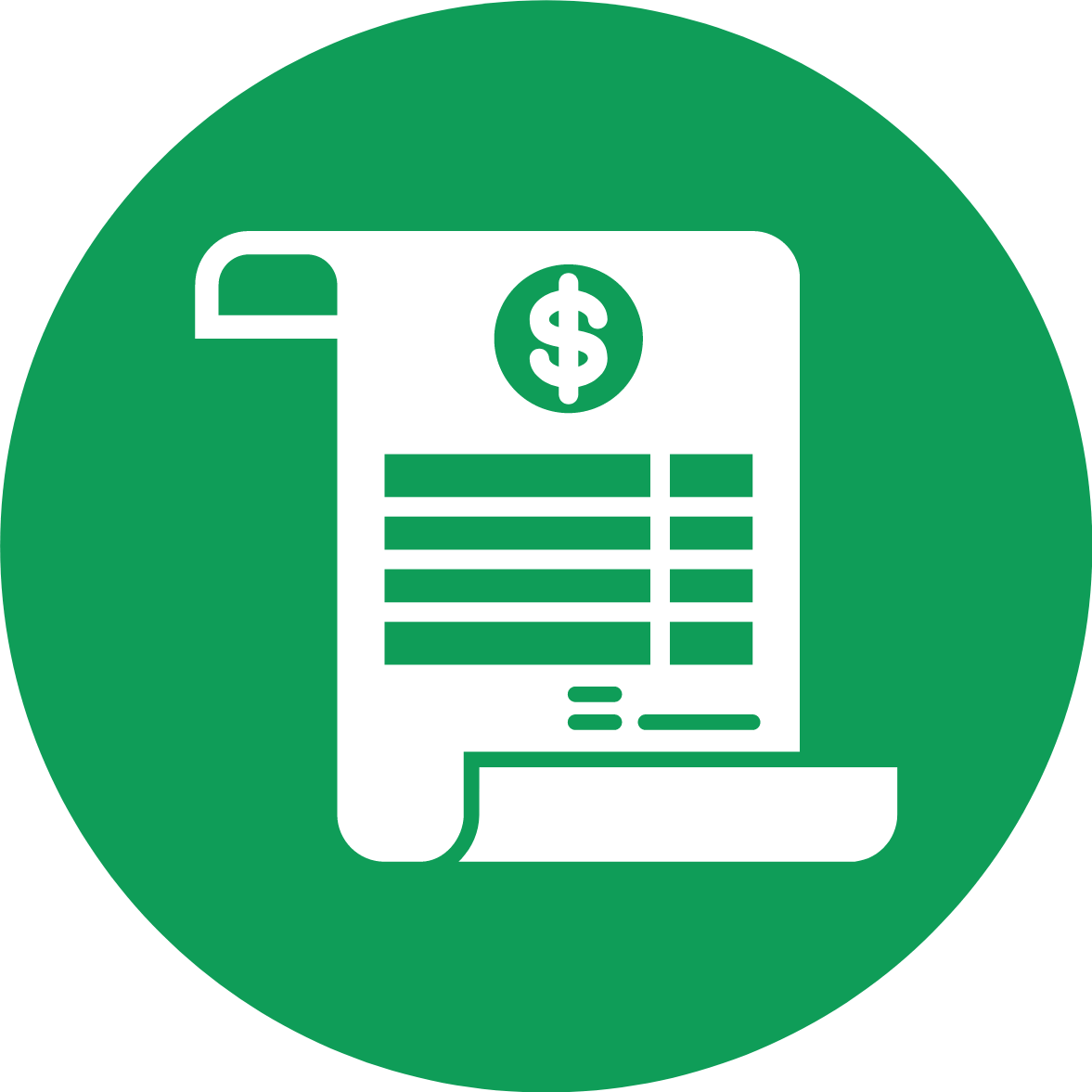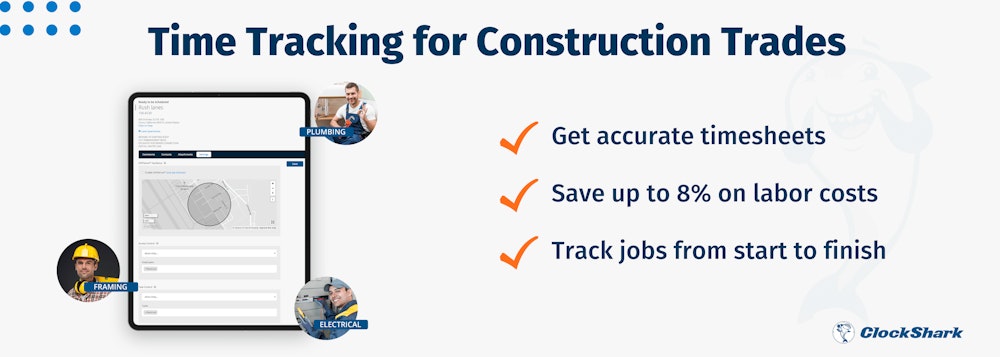Having enough cash to operate your business is often the crucial difference between success and bankruptcy. Construction cash flow comes with unique challenges that make it more difficult to stay on top of. From change orders to managing multiple projects and unpredictable supply chain disruptions, construction cash flow problems are fairly common, as most construction managers know.
Cash flow forecasting is often viewed as either an unnecessary distraction or an overwhelmingly intimidating task. However, with so many industry and project variables, construction companies should make cash flow forecasting a priority in their regular financial processes.
Understanding Construction Cash Flow
Simply put, cash flow is the amount of money coming in and going out of a company. Cash flow in construction has to be performed on each project, to ensure the company can continue to operate while also covering expenses throughout the life of the project.
If the amount of income is higher than the amount of expenses, the cash flow is positive. Conversely, if a construction project is costing more than the company is bringing in, it causes financial strain on the company and, in fact, can be detrimental to small construction companies that don’t have the financial capacity to cover expenses until the project’s end.
Why Is Cash Flow in Construction Forecasting Important?
Construction is notorious for cash flow issues, and negative cash flow causes contractors and construction business owners to pull from their capital to stay afloat. If there is no capital or savings available to cover negative cash flow, the company will need to liquidate assets, get a loan, or otherwise figure out how to cover their expenses. In fact, research has found that even large construction firms can fail due to negative cash flow and that cash flow forecasting (predicting) “might greatly reduce failures in the construction business.”
Conversely, positive cash flow enables construction companies to continue to operate until the project is completed and ensures all suppliers, employees, and subs are paid throughout the project life cycle, without having to dip into reserves to cover expenses.
Construction cash flow forecasting is important because it helps construction companies plan ahead of each project and predict - within a reasonably realistic range - expenses and income through the life of that project. This information allows managers and owners to evaluate and determine what will be needed for that project, to maintain positive cash flow.
The Importance of Positive Cash Flow For Construction Companies
Of course, all companies need positive cash flow to stay in business. In the case of construction, projects seldom get completed on time and payments are made in various different ways, based on the contract. Further, the construction industry - regardless of public, commercial, industrial, or other types of specialty - is notorious for late payments and conflicts.
Without positive cash flow, construction companies must find ways to continue to operate, until they receive payment for finished projects, and starting new projects already comes with a hefty price tag so without positive cash flow, work essentially can come to a halt.
Budgeting for Construction Cash Flow
Construction projects frequently hit snags that result in going over budget. For larger construction firms, these setbacks can be managed with loans or other forms of financing. For small- and mid-sized companies, obtaining financing is more challenging. That’s why it’s crucial to put as much effort and attention into your budgeting as possible.
Creating a Budget for a Construction Project
A construction project budget can be split between hard and soft costs. Everything within your project budget will fall into one of these categories.
Soft costs - also known as “intangible expenses” - include services most often performed pre-and post-construction. In fact, soft costs like permitting, surveys, architectural and engineering consulting services, often happen before the project even starts. Any expense associated with the project but not directly, physically part of the building, is considered a soft cost. These costs are usually around 30 percent of the total construction cost.
Hard costs include tangible expenses such as labor, materials, and overhead and typically account for the remaining 70 percent of the project budget.
While each construction project is different and many will include variables that don’t have an industry standard for cost, In a nutshell, your budget - including soft and hard costs - will include:
- Property (if the project is a new build on new property)
- Professional fees and services (surveying, permits, accounting, etc.)
- Materials
- Labor
- Equipment and tools
- Project management
- Bonds and insurance
- Utilities and taxes
- Contingency
Each of these items will have associated costs unique to the project.
Budgeting for unexpected expenses and changes
Known as “contingency,” every construction project provides a percentage of the overall project budget to set aside in the event of unforeseen costs or events. Depending on the scope of the project, your contingency funds can range anywhere from three to 20 percent of the project budget, with the average being between five and 10 percent.
Contingency funds are not taken from any particular part of the budget; Rather they’re a sort of insurance that provides a safety net in the case of unexpected delays or price increases. Generally, a contractor and the owner of the project will agree on a contingency amount.
Of course, not having to use the contingency funds means your project was budgeted, managed, and completed properly. But it’s an important thing to include in your budget, to help ensure positive cash flow during any downtime.
Monitoring Construction Cash Flow
Without proper monitoring, your cash flow can quickly become negative on any project. Not only will proper cash flow monitoring help you keep your project on track, but it will also help you in future projects of similar scope and type.
Analyzing Cash Flow Data to Identify Areas For Improvement
Cash flow data analysis is the first step to understanding your company’s cash flow. It’s not enough to have a profit and loss statement. Cash flow analysis for construction companies provides a more in-depth look at your company's income and outgo, and gives you a clear understanding of where you’re spending too much money.
Best Practices for an Effective Construction Cash Flow Analysis
According to a survey by the International Journal of Research in Engineering, Science and Management, the majority of contractors who experienced cash flow-related failures in their annual contracts, were those who “did not perform cash flow analysis prior to submitting bids for projects.”
Cash flow analysis should be done at least monthly, but certainly with each project, to ensure you’re spending your money wisely and your company is remaining solvent and profitable.
To perform an accurate cash flow analysis, you need accurate information. That’s where software makes managing cash flow easier: By collecting and recording income and expenses in real-time, your cash flow can quickly be analyzed.
To perform an effective cash flow analysis, you’ll need to record four key things:
- Determine all income sources.
- Determine all business expenses.
- Create a cash flow statement (subtract expenses from income to determine cash flow)
- Analyze your findings
It’s important to be realistic and honest with your cash flow analysis. You may be surprised to find you’re spending more money in areas than you thought. However, the only way to truly know this is to perform regular cash flow analyses.
Maximizing Profitability and Minimizing Risk Through Cash Flow Analysis
Once you have a clear picture of your cash flow for your business and your projects, you’ll be in a better position to bid jobs more accurately and reduce the risk of going over-budget.
For example, you may be paying more for material and supply delivery than you would if you were to invest in a company trailer to pick up and deliver the materials yourself. This would also be an investment in your company’s assets (a new trailer). Or, perhaps you’re paying for a service that can be done in-house with your existing administrative staff (or for a lower price from another provider).
When you take the time to dig deep into your cash flow, you’ll be able to make intelligent, data-driven decisions that will increase your profits and minimize your risks.
What to Do When Your Construction Project Goes Wrong
1. Spot Gaps and Address Them in Good Time
Even the best contractors often feel the pain of cash droughts, as money comes in infrequently and in large chunks. It is important to place your company in a position to respond rapidly and effectively to prevent a cash crisis.
Maybe you’ve paid for materials before your client pays you… Maybe you’ve had to invest in some equipment in order to service a contract… Maybe there’s a gap coming up between jobs. Forecasting your cash flow will help you understand whether you can weather the storm, need to put short-term funding in place or need to make cut-backs.
2. Track Spending and Stay in Budget
Could you jot down your financial forecast on a piece of paper from the numbers in your head? How about tracking performance towards that forecast? Even if the answer is yes, will the paper alert you if you’ve gone over-budget?
Properly forecasting your cash flow will better prepare you for the future and for serious discussions with your stakeholders. You need to know when you’re over or under budget so you can adapt your forecast moving forward.
3. Pay Your Staff and Contractors on Time and in Full
Maintaining a positive organizational culture and strong relationships with your subcontractors will require you to be a responsible and timely payer. Forecasting how much cash you will have in the bank will show you whether this is possible, or whether it’s time to manage expectations with employees and suppliers.
4. Maintain Good Relationships With Your Suppliers
We’ve all been in a position where we want our suppliers to go the extra mile for us. Maybe we need something delivered yesterday. Maybe we’re asking for a value-add that’s slightly outside the original scope. Whatever it is, we’re only going to get favors from our suppliers if we have a good history with them. Being a good payer is a big part of that.
5. Prepare Yourself for External Changes
What if a subcontractor increases their rates? Or what if the government grant for a future project is delayed? Any external change may have a direct knock-on effect on your cash flow.
Looking to the future, not to the past will help you understand the repercussions of such a change. What effect would this have on your cash flow next month or six months down the line? It is this information that will guide you through making crucial operational decisions.
6. Plan for the Future(s)
Are you thinking of expanding into bigger offices, or growing your sales team, but you’re not sure if you can afford it? In any eventuality, you need to properly plan where your cash is going to understand whether it’s doable.
7. See When You Can Afford to Invest in Your Business
Run a cash flow forecast to ascertain whether you are in a good position to reinvest into your business. Can you afford to invest in new equipment, or expand your business development team without upsetting the financial balance?
Master Your Construction Cash Flow
Cash flow in construction is almost always variable so it’s crucial for construction companies and contractors to stay on top of their finances. Understanding how cash flow works and how to manage it, helps reduce construction cash flow problems and - as with any project - having the right tools to get accurate data makes the job easier and better.







